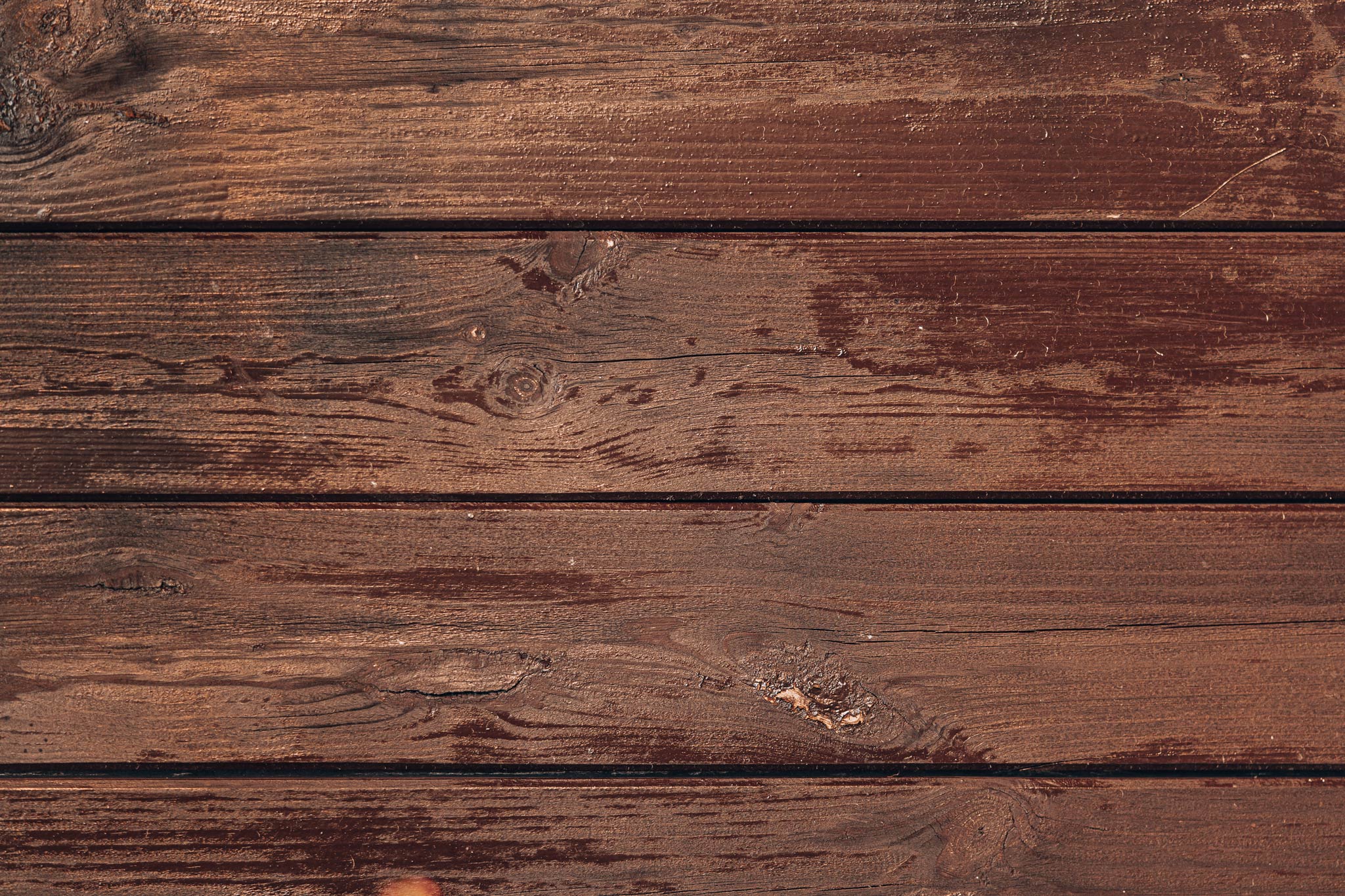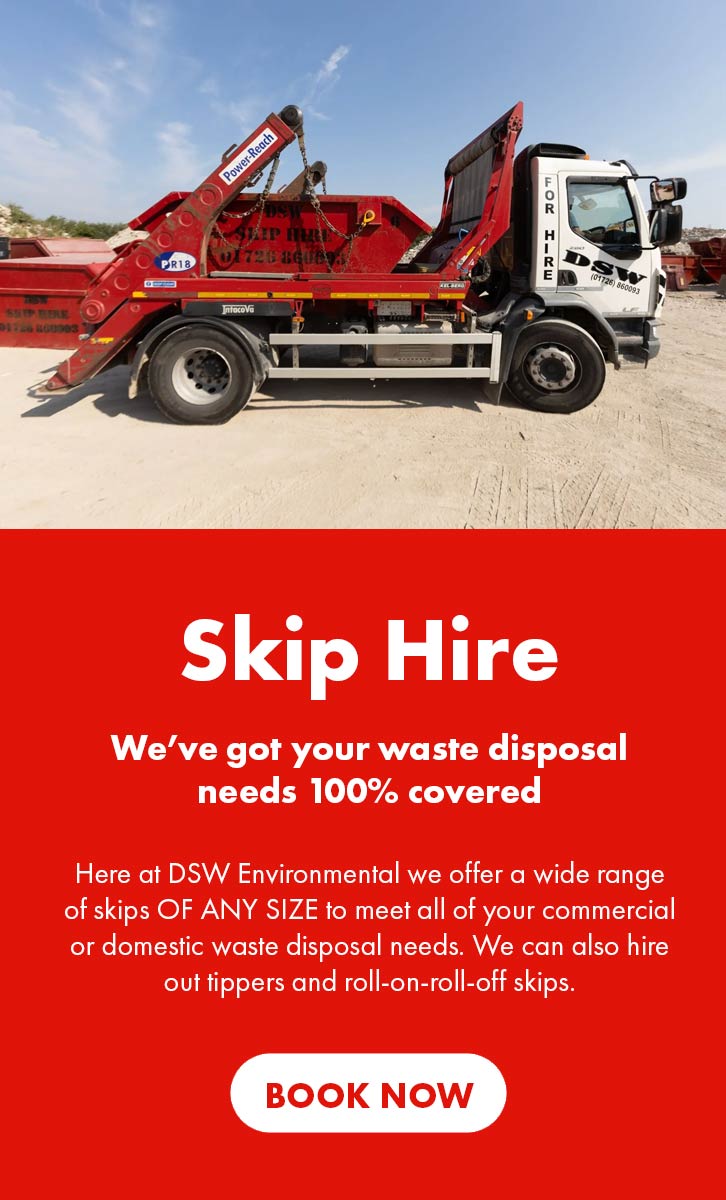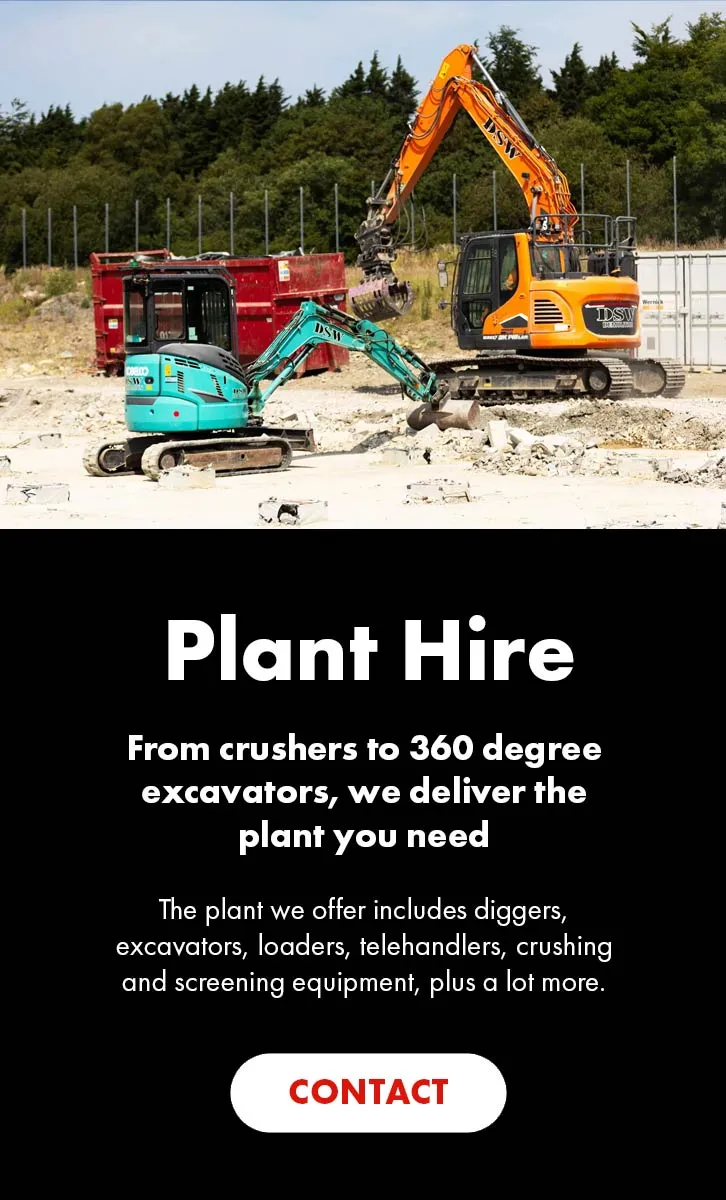National and Local Demolition companies in the UK are required to follow specific regulations and best practices when dealing with contaminated and hazardous waste wood to ensure proper handling, disposal, and compliance with environmental laws. Contaminated wood can include wood that has been treated with hazardous substances, such as lead-based paint or wood that has been in contact with chemicals or other contaminants. Here are the main steps that Demolition South West take when dealing with hazardous waste wood:
1. Identification and Assessment:
– Identify and assess the wood to determine the type and level of contamination. This assessment will help determine the appropriate disposal method and the need for any special precautions.
2. Compliance with Regulations:
– Ensure compliance with the Environment Agency’s regulations and advice, such as the Hazardous waste wood from demolition and refurbishment activities: RPS 250. Different types of contaminated wood may fall under different regulatory requirements.
3. Segregation and Separation:
– Separate contaminated wood from clean wood and other construction debris at the demolition site. Use appropriate skips or storage areas to prevent cross-contamination.
4. Testing and Analysis:
– If necessary, conduct laboratory testing to accurately determine the level and type of contamination. This information will guide proper disposal procedures.
5. Handling and Personal Protective Equipment (PPE):
– Train workers on the safe handling of contaminated wood. Provide appropriate personal protective equipment (PPE), such as gloves and respiratory protection, to minimize exposure.
6. Storage and Transportation:
– Store contaminated wood in labeled, enclosed skips or storage areas to prevent cross contamination. When transporting, use appropriate vehicles and containers designed for hazardous materials.
7. Waste Classification:
– Determine the waste classification of the hazardous wood based on its specific contaminants and levels. This classification will determine the disposal options.
8. Disposal Options:
– Depending on the classification, contaminated wood may be disposed of in various ways:
– Incineration at a licensed facility for hazardous waste.
– Landfill disposal at a facility that can accept hazardous waste.
– Recycling if the wood can be treated to remove contaminants.
– Reuse or repurposing if feasible and safe.
9. Record Keeping:
– Maintain records of all activities related to the handling and disposal of contaminated wood, including testing results, waste classification, and disposal receipts.
10. Documentation and Reporting:
– Report any disposal of hazardous waste to the appropriate regulatory authorities.
DSW work with qualified environmental consultants and experts who can help us to navigate the specific regulations and requirements related to hazardous wood disposal in the UK. Failing to properly handle and dispose of contaminated wood can result in legal and environmental consequences, so strict adherence to regulations is crucial. Demolition South West is an accredited demolition contractor by the major relevant associations and organisations.


